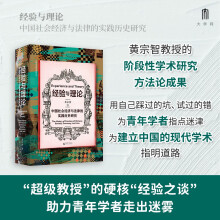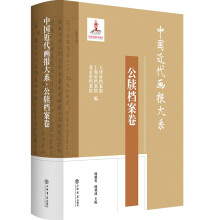《历史与现实:100个词了解新中国(英)》:
"On the Ten Major Relationships" is one of Mao Zedong's best-known speeches. This was the first time that Mao would present his ideas on building Chinese socialism.
In early 1956, the socialist transformation of private ownership of the means of production was well under way, and the CPC Central Committee began to shift its focus to building socialism. Since the implementation of the First Five-Year Plan in 1953, China had accumulated three years of practical experience in building socialism, along with a deeper understanding of the shortcomings and mistakes of the Soviet Union in managing its economy. On this basis, China would draw on past experiences and explore its own path to building socialism.
From February 1956, Mao conducted a thorough study of socialist construction, spending more than 40 days reviewing 35 reports from the ministries. He gradually summarized the requirements for sound management of ten major relationships, and formulated a structured thought on the subject. On April 25 he talked about the ten major relationships at an enlarged meeting of the Political Bureau of the Central Committee, then made some amendments based on the subsequent discussion. On May 2, Mao provided a systematic definition of the ten major relationships to the Supreme State Conference.
The "Ten Major Relationships" represent ten problems to be addressed in building socialism in China: the relationship between heavy industry on the one hand and light industry and agriculture on the other; between industry in the coastal regions and industry in the interior; between economic construction and defense; between the state, the units of production and producers; between the central and the local authorities; between the Han nationality and minority nationalities; between the Party and non-Party; between revolution and counter-revolution, between right and wrong; and between China and other countries.
As Mao pointed out, "It is to focus on one basic policy that these ten problems are being raised, the basic policy of mobilizing all positive factors, internal and external, to serve the cause of socialism." The first five relationships mainly concerned economic issues, while the latter five mainly concerned political problems. Therefore, he fundamental guidelines were carried out through mobilizing all positive forces relating to economic, political, and cultural issues to serve the cause of building socialism, and a strategy was defined that was best suited to the conditions of China and would help to create a powerful socialist China.
……
展开










